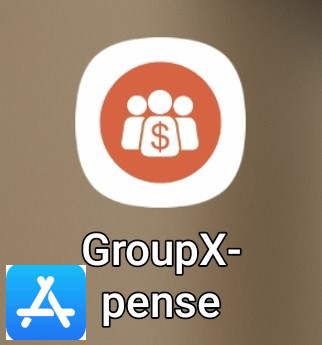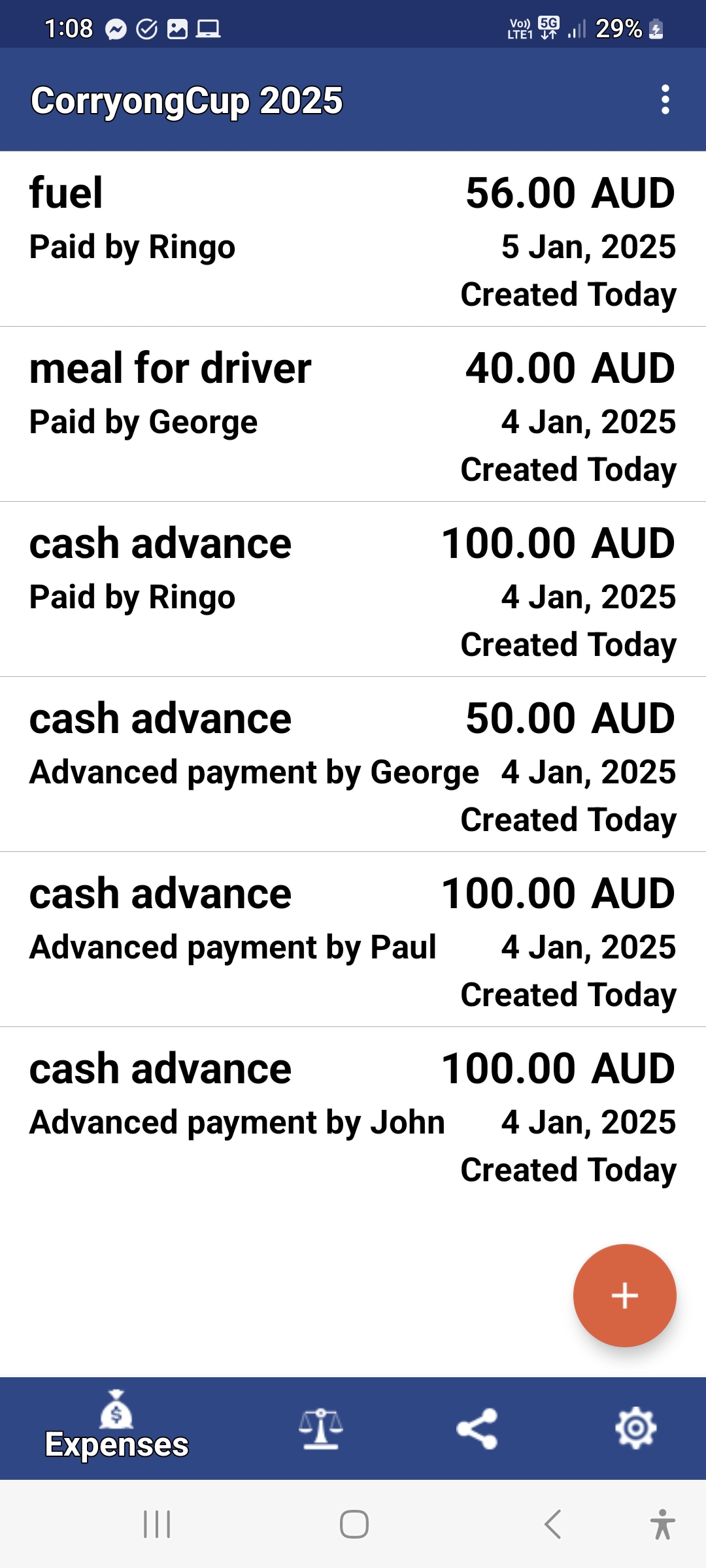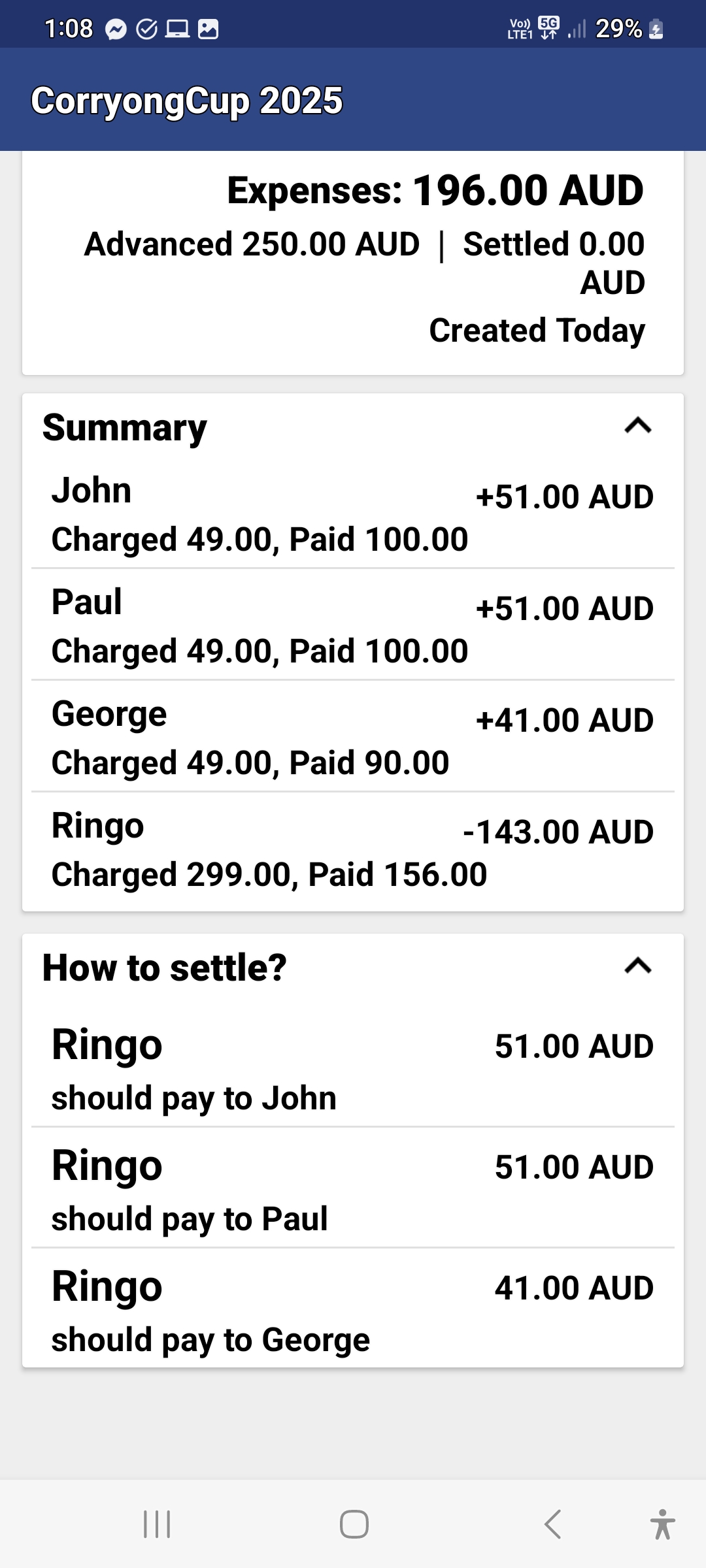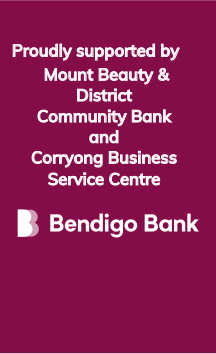HG team cars & drivers
Flying your hang glider is often a solitary endeavour. Many pilots, in particular those who fly on the coast may be able to launch and land within a short carry from their car and don't rely on others for a lift.
Once you start flying XC your intention is to land a significant distance from where you launched. This usually requires additional logistical planning to get you and your glider back home after the flight. There have been several solutions to this problem employed over the years, usually involving either hitch-hiking or leaving an alternate car at the proposed landing site. Sometimes when a bunch of pilots go weekend flying together they may leave logistical planning to whomever lands closest to the car.
All of these solutions may be OK for a weekend fly but when you go to a competition and may have to repeat this process 7 days in a row it can become tiresome especially if you are the one who ends up doing all the driving.
Hang Gliding competitions are great learning environments. The best way to learn a new skill is to hang out with, those who do it better than you. This is very true in hang gliding. If you haven't done any competitions before try to get on a team with more experienced pilots. Then you can spend all the time in the team car integrating great flying tips & cool vibes..
When competing in a hang gliding competition a good driver will be an integral part of your team, in particular at a car towing competition. Driving at a hang gliding competition is a job. You will have to pay you driver. Your team should negotiate the fee with the driver before engaging them. If you are wondering how much to pay your driver then consider what you would like to be paid per day then divide that by the number of pilots on your team. $30-$50 per pilot per day is a reasonable amount. If it is a car-tow competition the drivers workload and stress is increased, expect to pay more. Experienced car-tow drivers are priceless. Pro-tip: Drivers perform better when well fed. Take turns with your team mates buying them a meal each night.
You will also have to pay to owner of the vehicle a share for fuel, depreciation and cleaning. Most teams will split fuel bills, this may be fair if the vehicle owner doesn't pay a share.
Another system is to have the entire team pay a rate per km. This involves running a vehicle log to record distance travelled. All pilots contribute equally to pay the vehicle owner eg: $1/km and the vehicle owner covers the cost of fuel, maintenance, depreciation & cleaning.
It is up to your team to decide how these costs are covered but again I suggest you decide this in advance so that everyone knows their expected costs and agrees. If a member of your team thinks that the proposed costs are too high, then simply suggest the teams uses their car with the same fee schedule.
I have recently found an free app that appears suitable for sharing vehicle expenses. Group Xpense 

It supports syncing data between different group devices so everyone on your team can have the app installed and record expenses. The data is shared across your group.
In the scenario below all pilots paid a cash advance to the vehicle kitty held by Ringo.
After the first day of flying there are total expenses of $196 split 4 ways, $49 each.
Ringo's charged balance is higher because he is holding the $250 paid to him by John, Paul & George.
If you want to use the $1 per km travelled method then fuel is not a shared expense and add an expense at the end of the comp. for distance travelled by the vehicle.




Be prepared before you go to a competition. Ensure all of your gear is ready.
- Glider and harness in airworthy condition.
- parachute freshly repacked
- zips & slides all lubricated & operational
- radio, headset & switchbox all functional
- team car in reliable working condition
- Tow gear (gauge, rope, rope winder, tow bridle, weak links) all serviceable
Everything you need to fly should fit into 2 bags. Your glider bag and your harness bag. If your basebar wont fit in your glider bag because of your wheels then get removable wheels. You don't want to hold-up your team going back to get forgotten gear.
Your team car should have a tool box but there isn't room in the retrieve car for everyone to bring their own, that would be encroaching on Eski space.
Having gear that is reliable will inspire confidence and reduce your mental workload while setting-up and while flying.

